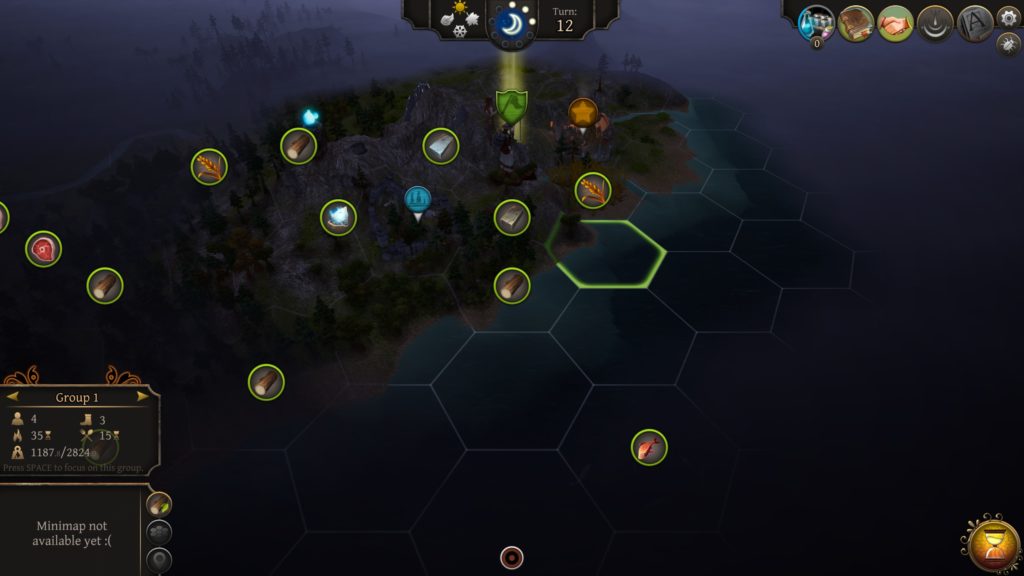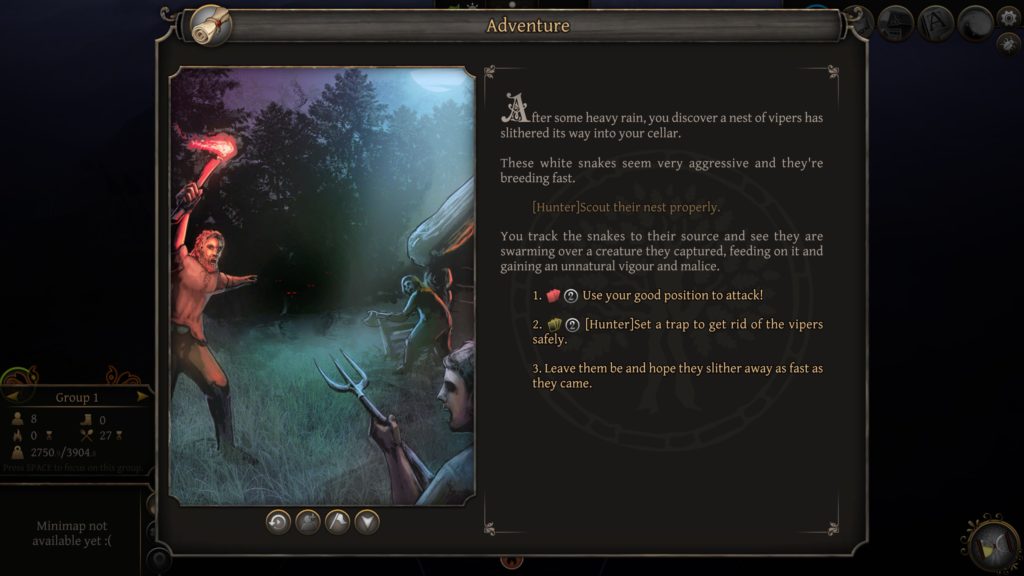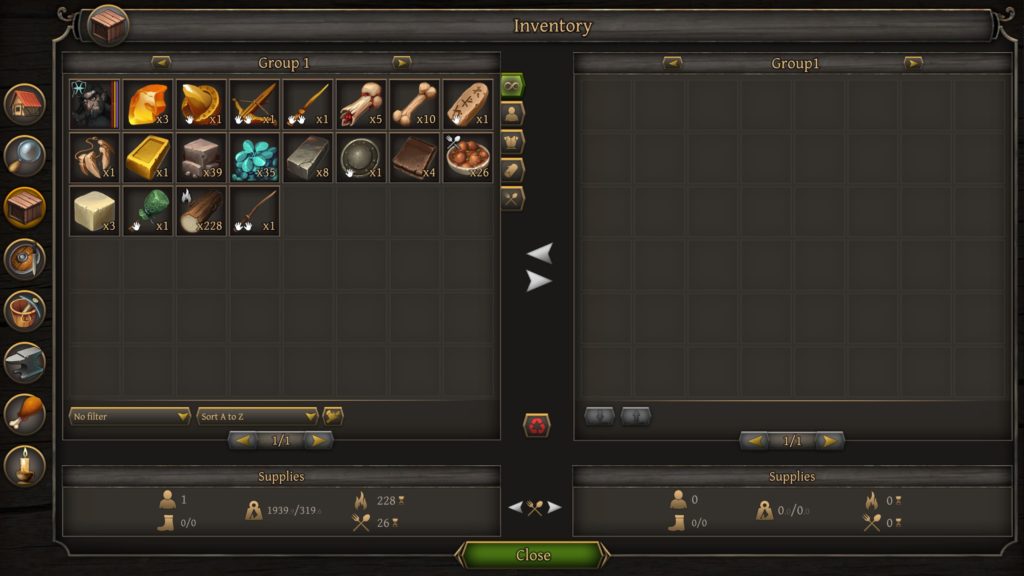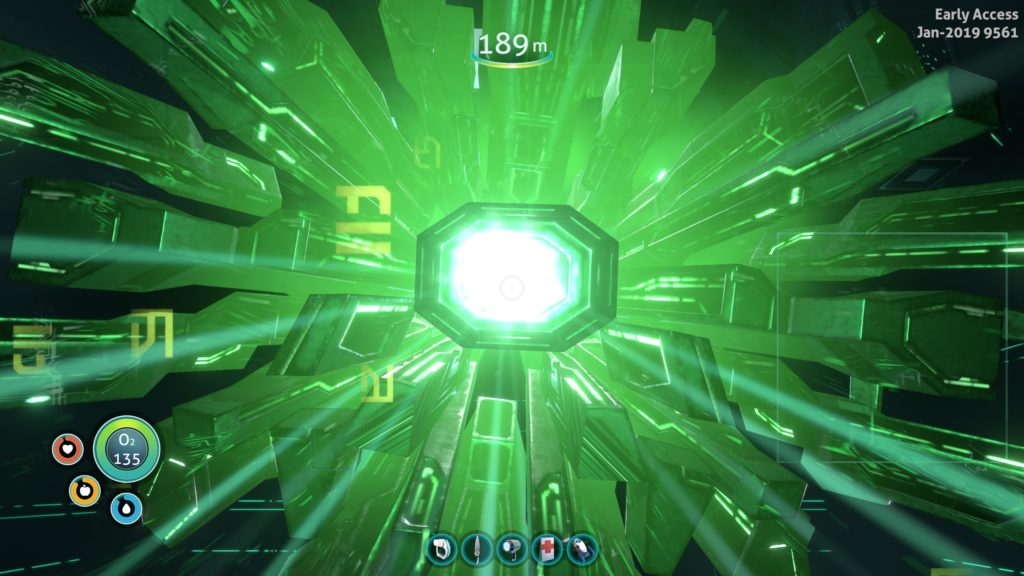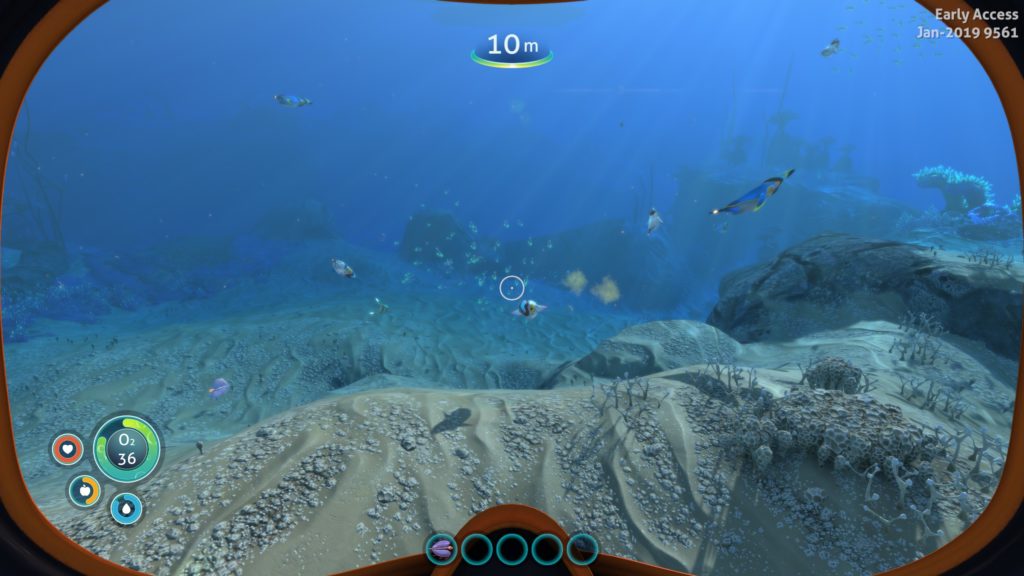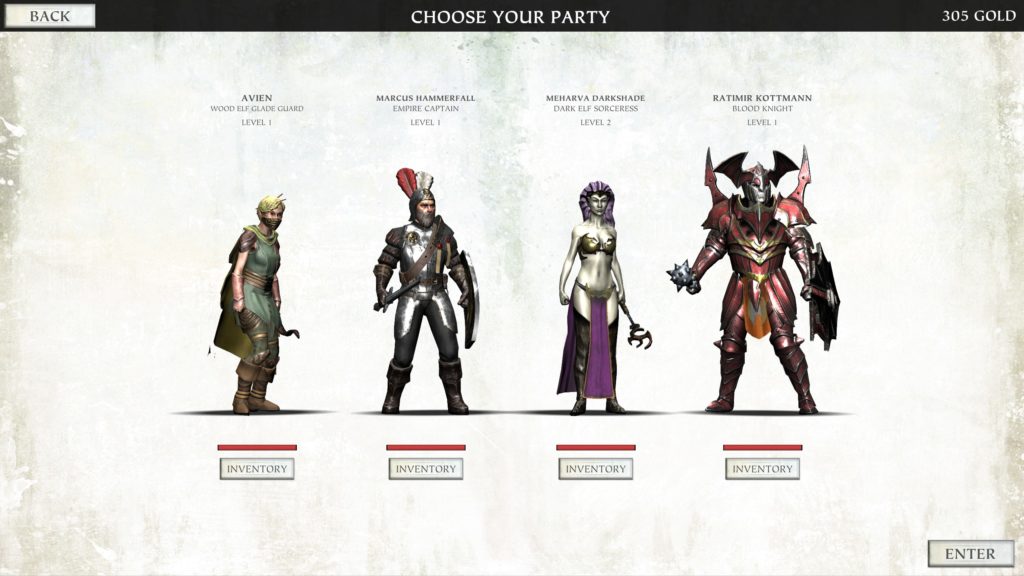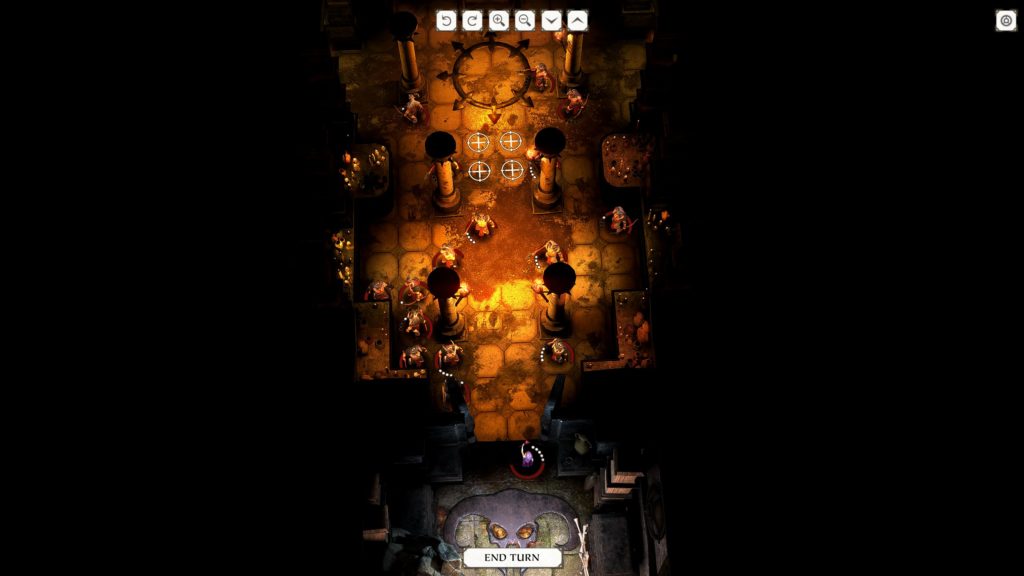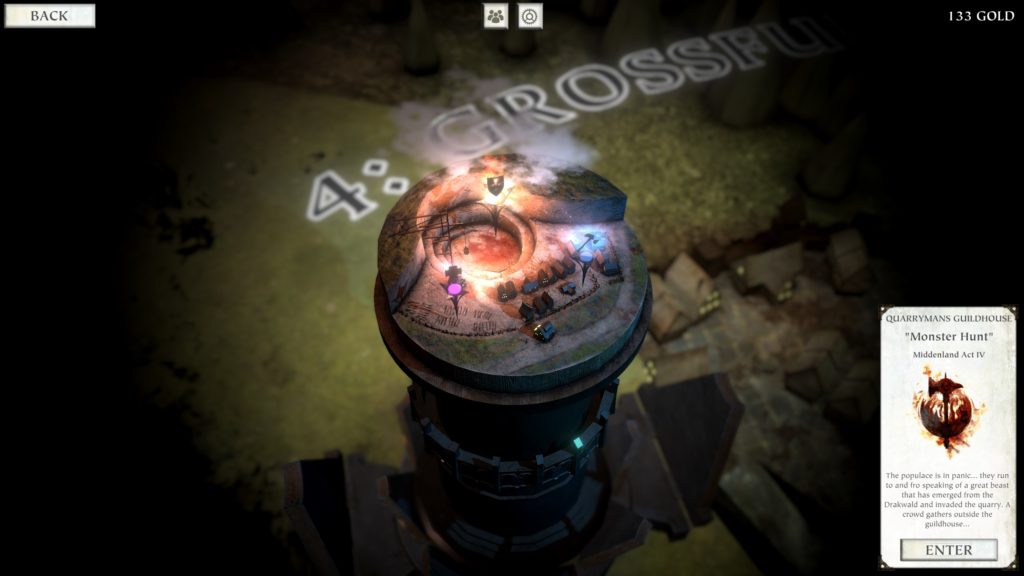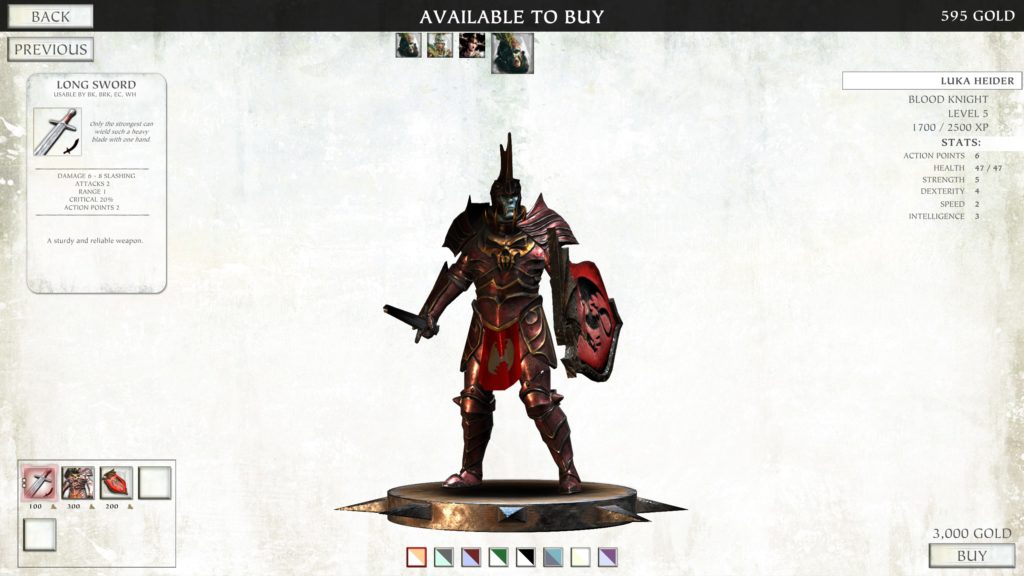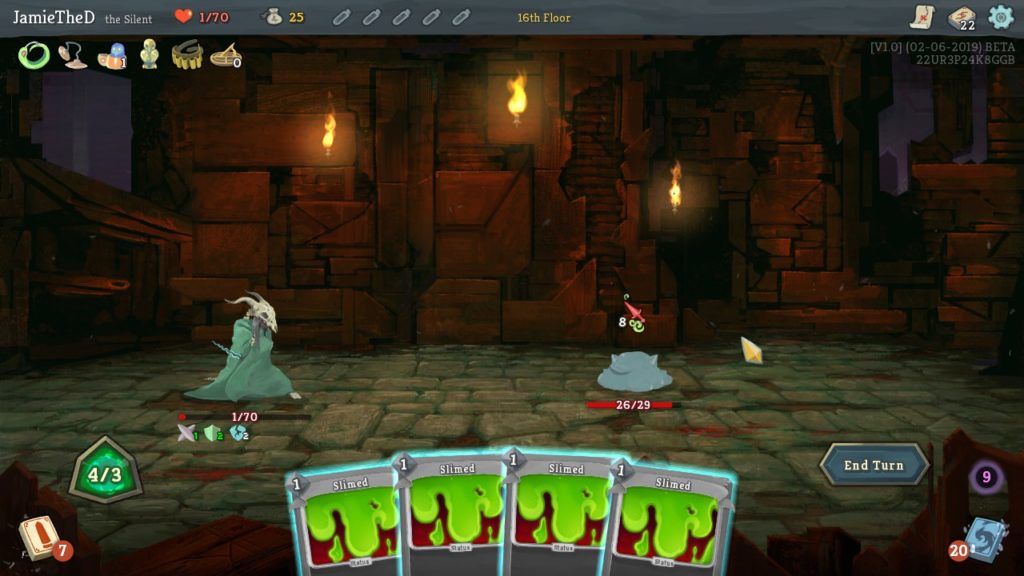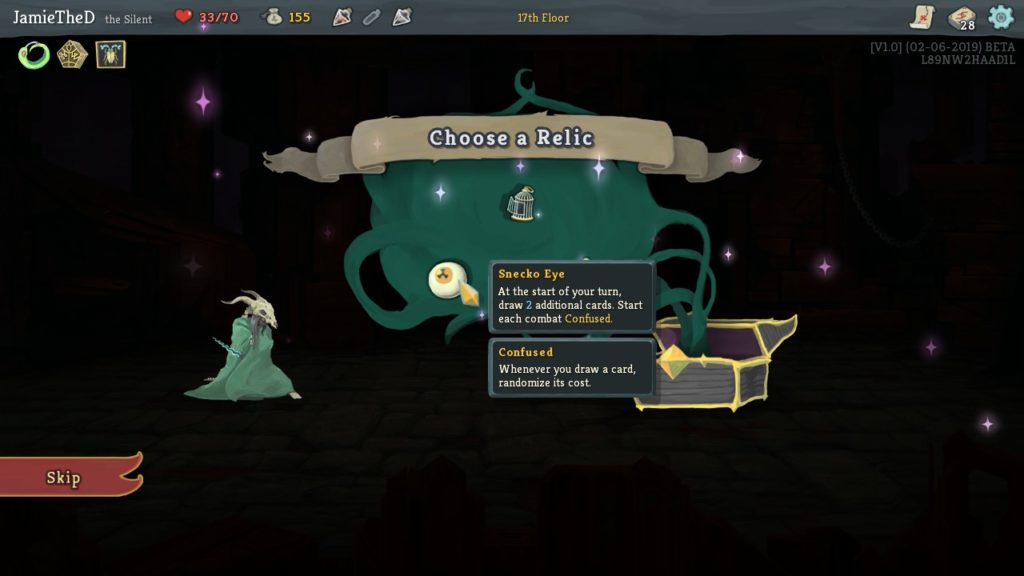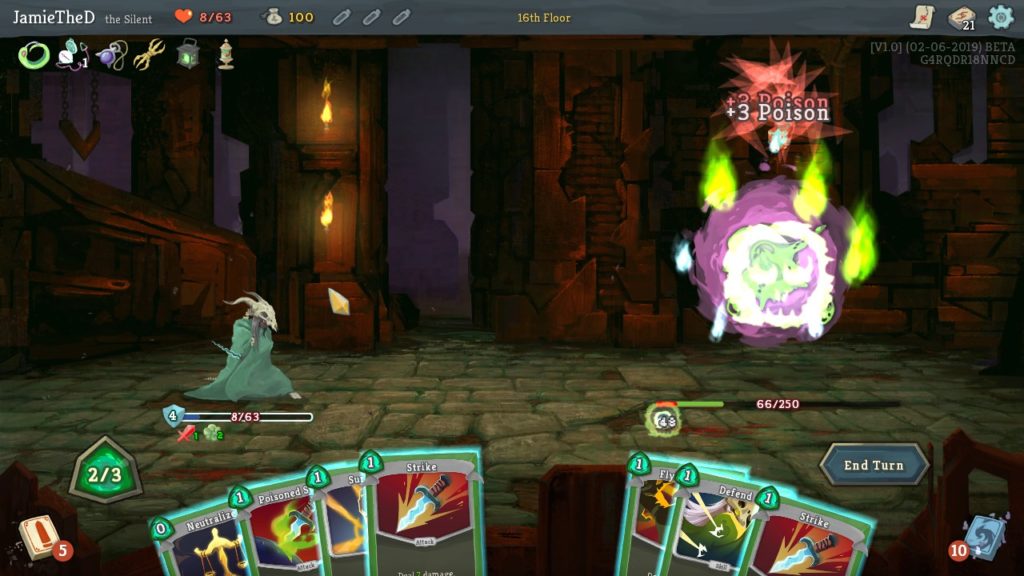Desolate (Review)
Source: Cashmoneys
Price: £19.99 (£22.30 for game and soundtrack, £4.79 for soundtrack)
Where To Get It: Steam
It’s always dangerous on the Island, and it’s important to know when to creep, when to crawl, when to duck, when to jump. People have nice words for all the things that happen on the Island, pretty words like “Gravitic anomaly”, “Anomalous Localised Weather Phenomenon”, and a whole bunch of others, most of which translate to “Watch out for this, it can kill the unwary.” The traders are Uncles and Aunts, familial names for the vultures who claim to watch out for you while taking the lion’s share of your spoils, and eager scientists want to add to their store of pretty words… But not at their own risk. No, that’s for the Volunteers.
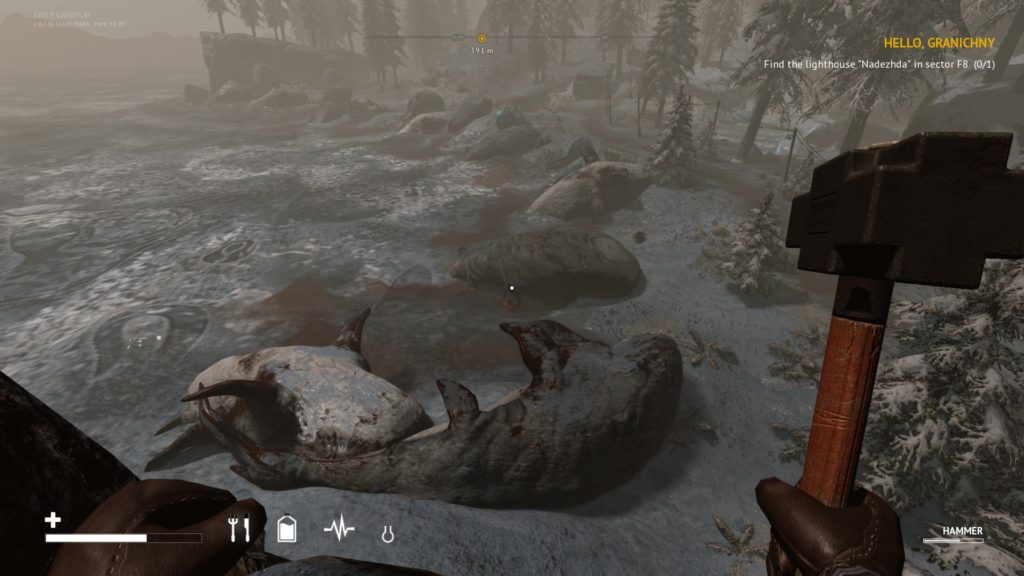
If this is all sounding a bit like the Strugatsky Brothers’ Roadside Picnic, then you’ve correctly noticed this is a heavy inspiration for Desolate. Although STALKER would be a closer comparison, considering that the disaster on this island, the strangeness… Is at least partly the fault of scientists being over-eager about Things Man Was Not Meant To Wot. Specifically a man called Victor Ognin. So, a scientist to hunt, strange abominations, bandits and madmen, anomalies… All the while worrying about the strange effects of the Island, keeping yourself alive.
It’s such a shame then, that it feels more hollow than its inspirations. There have been moments, it’s true: A camp, surrounded by Zapper anomalies (electrical anomalies, that, like most anomalies except the “Black Hole”, hurt, but, like all anomalies, can mostly be seen just fine, especially during the day) made for a tense few moments (Although throwing rocks wasn’t really needed), and some of the enemies (From the not-dog Dorg to the whatever-the-hell-vaguely-quadruped Sapsy) are visually and aurally well designed (Others, such as the Wanogah, just made me sigh gustily. Really? Naked vomitting teleporting zombie lady with an oxygen reducing cloud of flies? Bit cliché, wot?) Sometimes they fight among themselves, which is interesting, although sometimes comical (A Dorg, for example, failing to catch a fleeing Gorlan (Some kind of prey/food animal that got changed by whatever the Event is of this world)
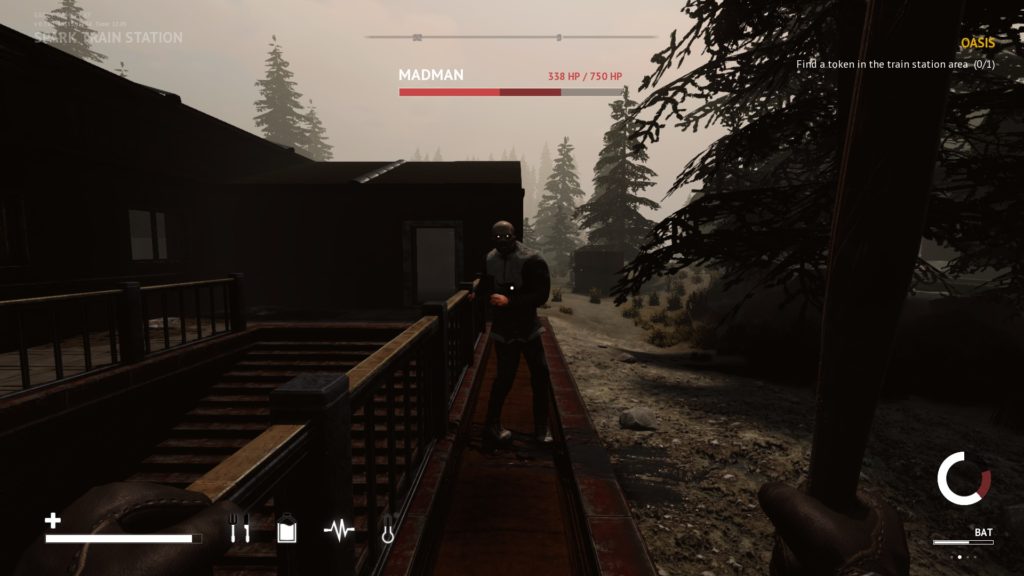
But this is a Zone that, moments aside, doesn’t really feel that alive. Nor does it feel that desolate, as you can’t go twenty or thirty feet without running into a Dorg or some other beast, immediately crouch or run away, and… Well, back to scavenging. But, for all the subtle worldbuilding (Here be a bunch of zealots holed up in a church. Here be the Basecamp of Uncle Misha, from where you’ll be spending a lot of your time foraging and questing. Here be the spooky ghost who may have a big role in the plot, but mostly pops up to give you jumpscares), it’s lacking… Something. Maybe it’s that the enemies have very predictable AI, or are relatively easy to hide from (or run from) in the early game. Maybe it’s that there’s not a whole lot of conversation going on, beyond plot requests and the occasional bit of dialogue (most trading, for example, is simply “Hit E. Start trading.”) But quests don’t seem to have that same spice, being mostly of the “find X things to fix Y thing” or “Go to X potentially interesting place to kill Y thing” variety.
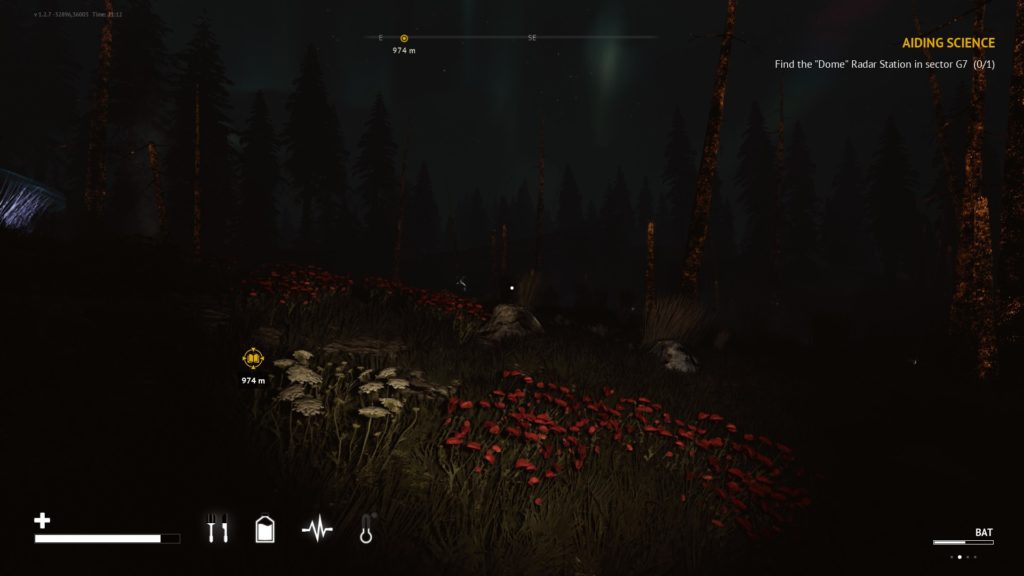
When night comes, it’s black as pitch, and, while your flashlight never runs out of battery (Oh, thank the heavens for this!), it nonetheless… Ends up detracting from what is actually some interesting scenery. The radar domes, the inexplicable pod of beached whales, and other such sights just kinda vanish (Not literally, I mean they’re so much harder to see and appreciate), without, due to the aforementioned “Relatively easy to hide/run from” thing, upping the tension significantly. The game, meanwhile, runs on a single save system with options for “Open” play (Haven’t tried it, not a social Volunteer, thanks) or solo, and death… Well, death is mostly an annoyance, because it means you have ten minutes to reach all that equipment you gathered (Be it in a dangerous area or no), or… Well, it’s back to trying to regain some semblance of the equipment you lost, perhaps a bigger frustration.
Maybe it’s something that will grow on me. Maybe, somewhere over the next hill, I won’t feel like trudging halfway across the island to kill another hellbeast or investigate an anomaly for masters ignorant (deliberately or otherwise) of the danger is more than “Just another day.” Maybe that’s the point, and I’m missing it. But DESOLATE, unfortunately, doesn’t scratch my itch. Next time, Stalker, next time!
The Mad Welshman doesn’t have a lot to say here. The Island kinda speaks for itself, one way or the other.

